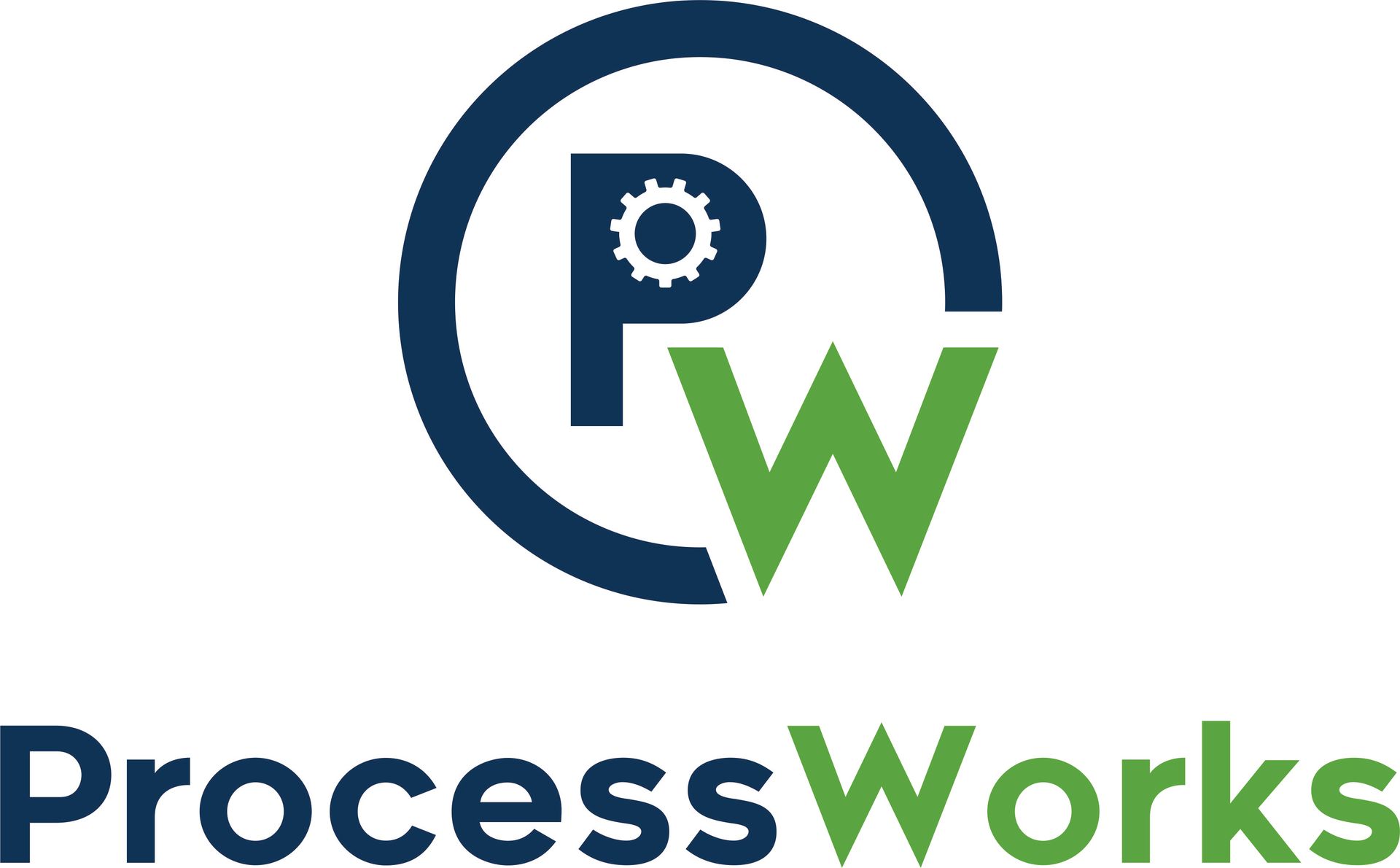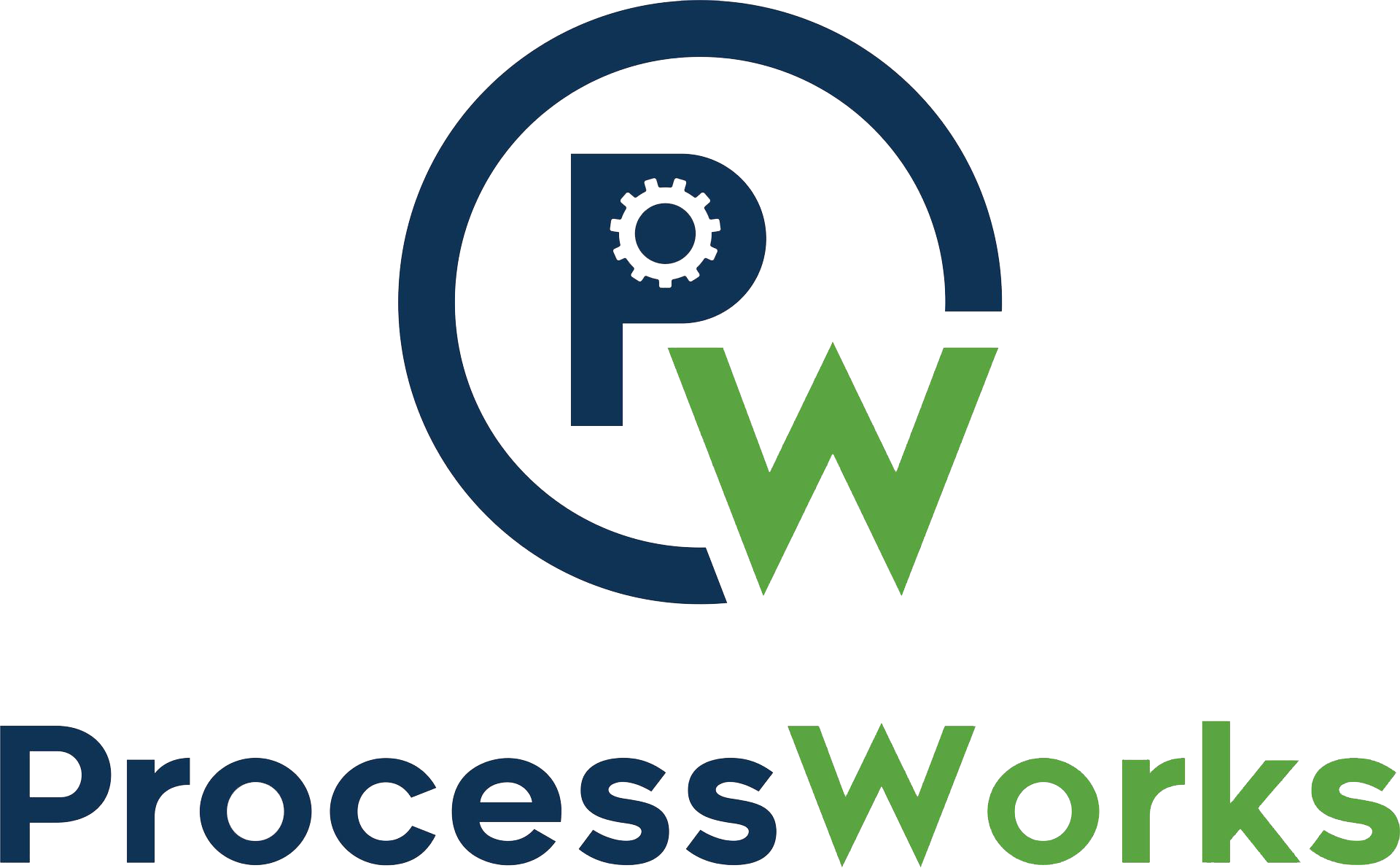Your Core Process List is Wrong

So you sit down to document your core process list, and you have a solid collection of 10-15 processes that you believe are the heart of your business – they are the things that keep your business running. But when it comes time to document your processes, you can’t shake the feeling that something isn’t quite right…
We see this happen in almost every organization we work with. The truth is that most companies think they can identify their core processes with relative ease. And most companies are wrong.
One of the most common missteps we see organizations make is assuming that their core processes should mirror their org chart. At first glance, this seems logical. The structure of the business outlines who is responsible for what, so it feels natural to assume that each department owns and executes a distinct core process. For example, HR might be assigned “Hiring,” Finance “Budgeting,” and Sales “Selling.” However, this department-based view oversimplifies the complexity of how work flows through the organization.
In reality, core processes almost always cross departmental lines. Take hiring as an example. While HR may coordinate job postings and interviews, the hiring manager is usually from another department. IT gets involved to set up equipment and access. Facilities might be responsible for preparing workspace. Payroll and Finance may step in for compensation and onboarding. Suddenly, a process that was thought to "belong" to HR actually touches five or six different functions. When organizations build process lists based solely on their departments, they unintentionally silo their thinking and miss critical interdependencies.
Another related mistake is the belief that each department only participates in one core process. Leaders often start process mapping exercises with the assumption that each team is responsible for their one "main thing." But the reality is much messier. Most departments participate in multiple core processes, even if they don't lead them. For example, your IT department likely plays a role in onboarding new employees, deploying new products, and supporting customer service tools—all distinct processes. Failing to recognize these overlaps can lead to blind spots that undermine process efficiency and effectiveness.
What’s more, this kind of compartmentalized thinking leads to both redundancies and gaps in process execution.
Redundancies occur when multiple departments unknowingly duplicate efforts. For instance, both Sales and Marketing might maintain separate customer contact lists, leading to inconsistencies and wasted time. Or, different teams might create their own reports on the same data, using different tools and metrics, leading to confusion about which numbers are accurate. These redundancies not only waste time and resources, but they can also erode trust in internal systems and data.
On the other side of the spectrum, gaps emerge when everyone assumes a particular task is someone else's responsibility. These gaps often happen in handoffs—those critical moments when a process moves from one team to another. If no one owns the handoff, important details can fall through the cracks. For example, a customer issue might be escalated from Support to Engineering, but without a defined handoff protocol, the issue might sit in limbo for days. Or a sales contract might be signed, but if the transition to the implementation team isn’t clearly defined, project kickoff could be delayed or mishandled.
To avoid these pitfalls, organizations need to shift how they think about core processes. Rather than starting with the org chart, start by asking: What are the key outcomes we deliver to our customers or stakeholders? Then work backward to understand the end-to-end processes that produce those outcomes. These are your true core processes, and they often span across multiple departments and roles.
Another useful technique is process mapping sessions that involve cross-functional teams, which is why we always try to bring people into our sessions who are involved in different parts of the process. Bringing people together from across the organization to jointly map out how work flows in real life (not just on paper) helps expose where the disconnects, overlaps, and handoffs occur. These sessions often reveal surprises—teams discover they’re doing the same work twice or relying on outdated information. They also clarify the actual flow of value through the organization, which rarely follows a linear, department-by-department path.
The first draft of your core process list will be wrong. That’s okay. The goal isn’t to get it perfect on the first try—it’s to start the conversation and iterate. As you refine your process list through observation, discussion, and mapping, you’ll gain deeper insights into how your organization really operates. And that understanding is the foundation for streamlining operations, eliminating waste, and ultimately delivering better outcomes for your customers.
When you stop treating processes as departmental silos and start treating them as cross-functional systems, you uncover the real levers for improving how your business runs. And that’s when the real transformation begins.
Share This Post











